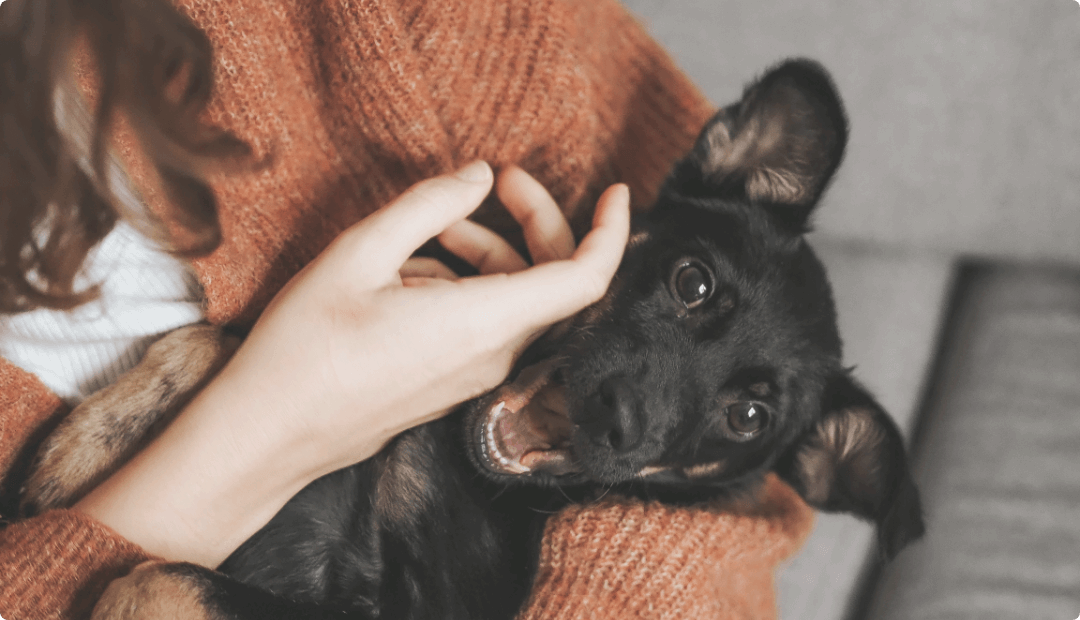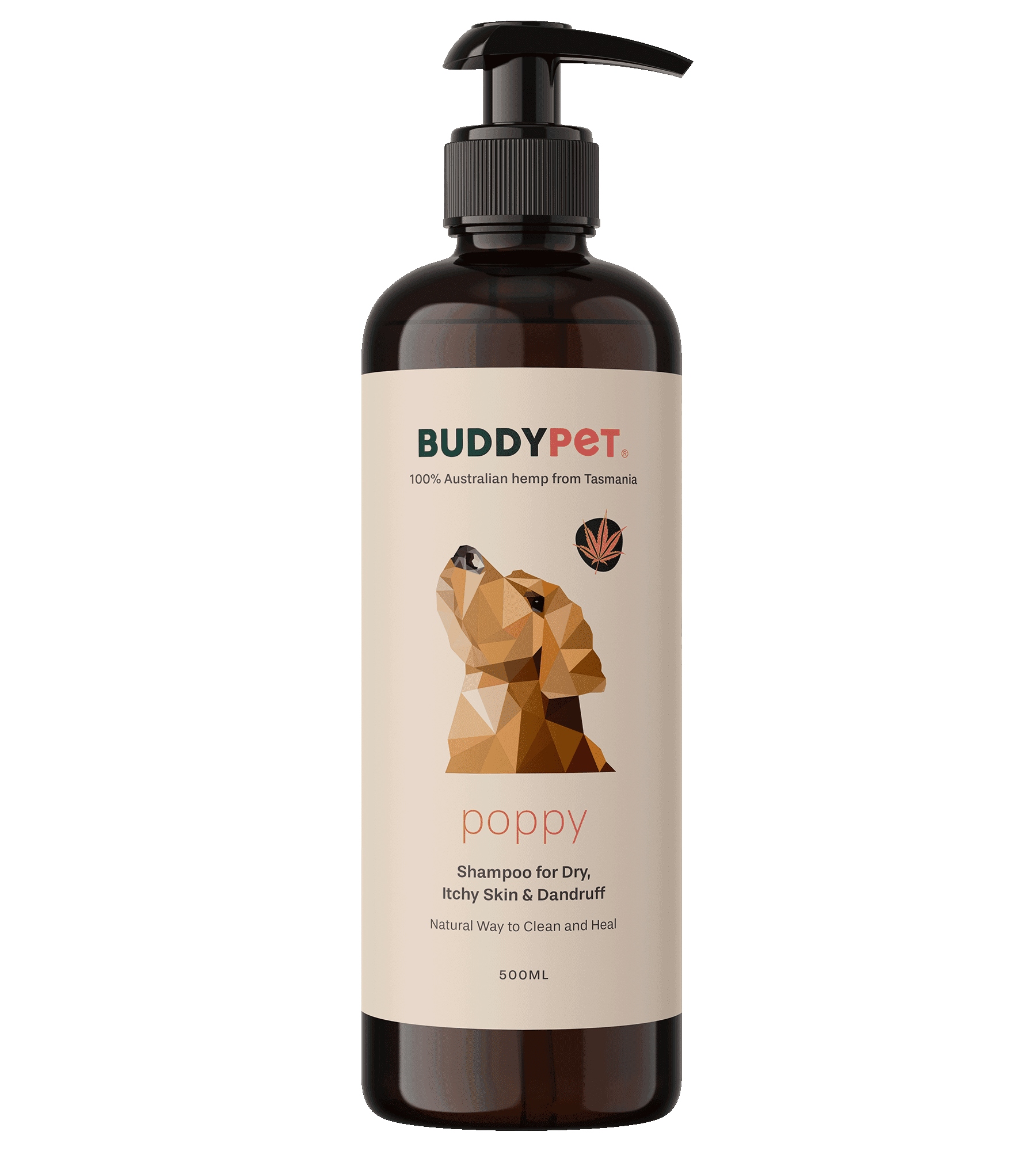The American Kennel Club recognises the pug as the 28th most popular out of 204 recognised breeds. This breed’s reputation includes being extremely loyal, affectionate, social, and the ‘clown of the dog world'. Though they have faces that some may consider “so ugly, they’re cute,” the pug's personality makes them beloved by many around the world.
Unfortunately, the downfall for pugs is their complex health concerns related to brachycephaly and chondrodystrophy. Pugs are also prone to suffering from various skin conditions and becoming obese. All these things can lead to chronic inflammation, which encourages the development of secondary conditions.
Brachycephaly
Brachycephalic refers to the disproportionate head size despite having the same internal structures, soft tissues, and facial features as well-proportioned dogs. This deformity gives the dogs their flat face, short muzzle, narrow nostrils, bulging eyes, and facial wrinkles. Sadly, what started as our love for that little squished face, has evolved into a severe deformity that causes significant health issues and decreases the breed’s welfare as a whole.
Breathing
One of the most concerning issues stemming from brachycephaly is that the dogs struggle to breathe properly. Dr Hill, a veterinary surgeon at the University of Cambridge, likens the restricted airways of pugs to “trying to breathe through a really narrow straw.” Stenotic nares, elongated soft palate, hypoplastic trachea, and laryngeal collapse are upper airway abnormalities that can obstruct airflow in brachycephalic dogs.
Overheating
Another result of brachycephaly is that dogs cannot pant effectively and are prone to overheating. Because it is so difficult to move air in and out of their body, the limited exchanges of cool and hot air are insufficient to lower the dog’s temperature effectively. Because of this, brachycephalic dogs should not spend significant time exercising or participating in vigorous activity in temperatures above 29°Celcius.
Chondrodystrophy
This disorder is characterised by the development of abnormal cartilage, short and twisted limb bones, and the early onset of degenerative joint disease. It is either inherited from a parent or a random gene mutation in which an extra copy of the Fibroblast growth factor 4 (FGF4) gene is inserted into another location on a different chromosome. Although there is no treatment for chondrodystrophy, there are surgical options for treating complications such as hydrocephalus and spinal stenosis.
Intervertebral Disk Disease
Intervertebral disk disease, or IVDD, is when one or more disks between vertebrae become compressed, putting pressure on the spinal cord and nerves. Predisposition to this disease can be genetic or conformation based, with increased risk associated with obesity and traumatic injuries. Various surgical and medical options can help manage compromised function and significant pain caused by this disease.
Legg-Calvé-Perthes Disease
This disease is characterised by an interruption or restriction of blood flow to the top of the femur, causing the femoral head to begin dying. In time, this dead femoral head will become disfigured as pieces break and chip off, and arthritis begins to develop. The symptoms of this disease are a chronic limp, avoiding using a particular leg, or crying out when performing specific movements.
Luxating Patellas
Usually, the patella should sit in a groove on the end of the femur, but the grooves are too shallow with this condition. In simpler terms, luxating patellae are kneecaps that regularly pop out of alignment (dislocate). Although this can occur due to trauma, it is more often congenital and occurs as mild, moderate or severe.
Skin Conditions
Allergies, eczema, sensitive skin, and atopic dermatitis are skin conditions that both humans and dogs can suffer. The cause of such conditions can be challenging to determine, especially because dogs can’t tell us how they feel, but once diagnosed, they are usually simple to treat. It can be as simple as a tendency for dry skin or as complicated as an unusual food allergy, so work with your veterinarian to determine the cause of your pug’s skin conditions.
Sensitive Skin
Pugs tend to have dry, itchy, or sensitive skin, usually caused by environmental triggers, allergies, and genetic factors. Environmental triggers are seasonal, including grasses, pollen, soil, and dust in your yard or house. Allergies can be food related, such as allergies to chicken or soy. Genetic predisposition features naturally dry, itchy, or easily irritated skin.
Skin Infections
Although those signature facial wrinkles make pugs instantly recognisable, their tendency to hold bacteria, yeasts, parasites, and debris can cause problems. The wrinkles surrounding the nose and mouth are prone to trapping food particles and moisture, which can cause itching and soreness in addition to secondary infections. You should clean your pug’s facial wrinkles to prevent these infections, especially after eating.
For a closer look at inflammatory skin conditions, please read Sensitive Skin, Allergies, or Atopic Dermatitis.
Obesity
Just like people, some dogs are genetically predisposed to being overweight and or becoming obese. Excess weight on any animal is dangerous to their health, but for pugs, being overweight can exacerbate their other health conditions and promote the development of secondary problems.
Lack of Exercise
There are two primary reasons that pugs don’t get enough exercise; firstly, pugs are not able to exercise much because their brachycephaly makes it challenging to breathe at rest, let alone breathe effectively while running and playing. Secondly, as dogs are bred to be loyal indoor companions, owners of small dogs often fail to prioritise regular exercise in favour of lounging around the house, riding in the car, and other passive activities.
Poor Diet
Like many dog breeds, pugs LOVE to eat, but unlike others, they have an enormous appetite for anything they can get their paws on. Because eating is always at the forefront of their mind, pugs sometimes utilise their mischievous nature to get into food they shouldn’t have. Pet owners who show their love by regularly providing table scraps, human food, and excess treats further worsen their dog’s diet and weight.
Natural Treatment Options
So far, the treatment options we’ve covered have been primarily medical management and surgical options performed and supervised by a veterinarian. If you are looking for a more natural alternative or a way you can help your pet, you may want to consider using a supplement for your dog.
For a pug, finding a supplement to reduce inflammation and soothe skin conditions will be vital in managing their health problems. Supplements can come from multivitamins, antioxidants, probiotics, dietary oils, and more. An ideal option is hemp seed oil, which has anti-inflammatory properties and benefits skin conditions.
Hemp seed oil contains Gamma-Linolenic Acid (GLA), an anti-inflammatory omega-6 fatty acid. GLA uses cell signalling proteins to stimulate or suppress the immune system and regulate genes controlling cell growth and death. It also helps to manage hormonal balance and support healthy skin and coat.
The hemp seed oil is also nutrient-dense, containing all the essential amino acids, antioxidants, several crucial minerals, and an impressive amount of fibre. Widely considered a superfood, hemp seed oil has everything you could want in a supplement for your dog.
At BUDDYPET, we recommend Marley for adults and Milly for seniors.




